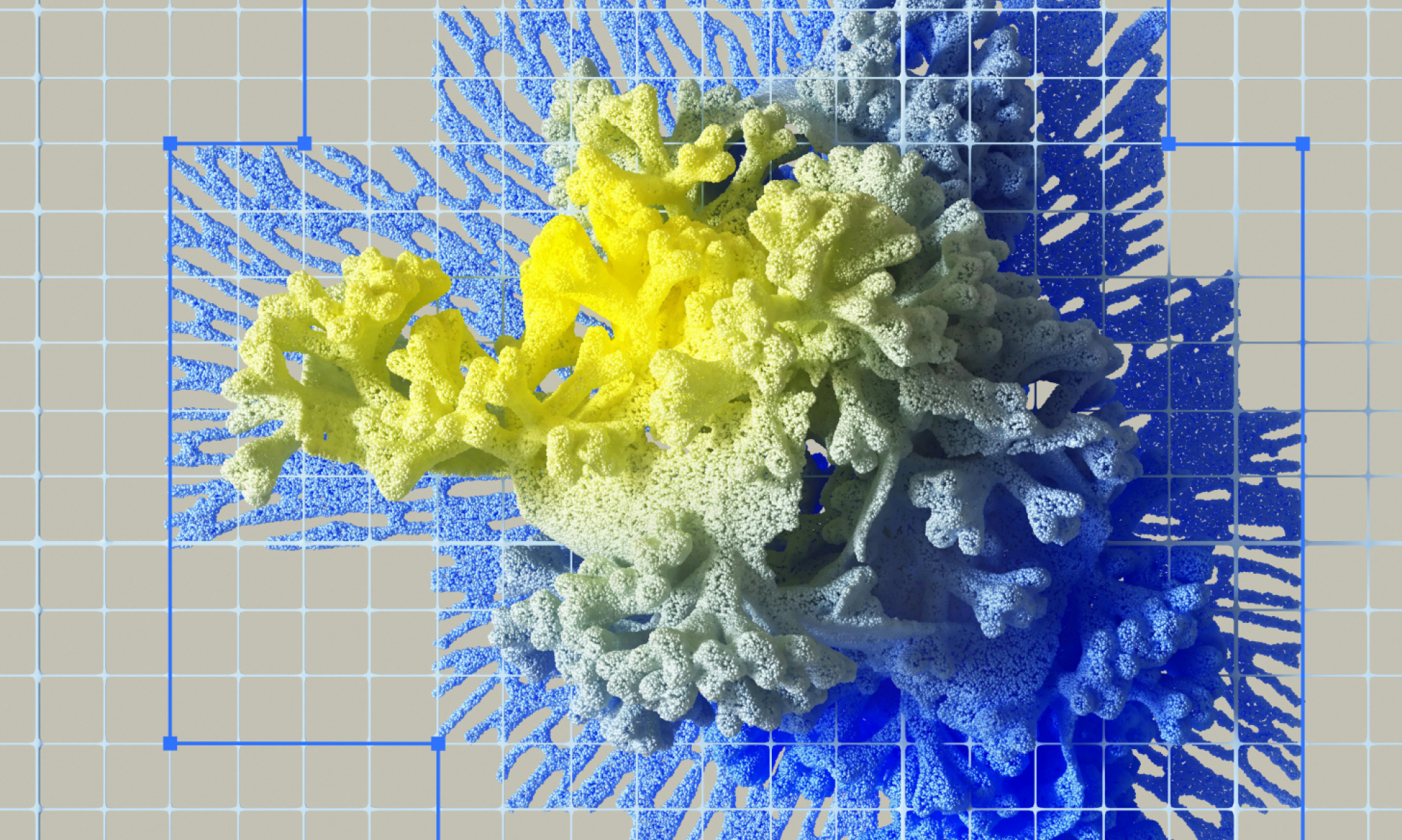AI
our blog
5 Steps in the Product Development Process for Success

Overview
The article delineates five essential steps in the product development process:
- Ideation
- Design
- Prototyping
- Testing
- Launch
These steps are pivotal for achieving success in bringing new products to market. Each step is fortified by practical strategies and examples, emphasizing the significance of market validation and user feedback. These elements collectively enhance product relevance and drive customer satisfaction, ensuring that the development process is both effective and aligned with market needs.
Introduction
Transforming an idea into a market-ready product is a complex yet rewarding process that can define a company’s success. Navigating the five essential stages of product development—ideation, design, prototyping, testing, and launch—enables businesses to meet market demands while fostering innovation and enhancing customer satisfaction. However, what occurs when a brilliant concept fails to resonate with its intended audience? This article delves into the critical steps of effective product development, exploring how to:
- Generate and validate ideas
- Create impactful prototypes
- Ensure a successful launch that stands out in a competitive landscape
Define Product Development and Its Importance
Creating new items represents a multifaceted endeavor within the product development process, which encompasses the introduction of new offerings to the market or the enhancement of existing ones through a series of stages:
- Ideation
- Design
- Prototyping
- Testing
- Launch
This method is vital for fostering business growth and innovation, enabling companies to adapt to market demands while improving customer satisfaction. For instance, efficient development strategies can significantly boost revenue and enhance brand recognition by aligning offerings with the needs of the target audience.
A notable example is the development of a customer-facing mobile application and mobile-responsive web platform for Alchemy Wings, which featured a user-friendly interface designed to streamline the ordering experience. This platform included:
- An admin portal for detailed access to sales data
- A vendor-friendly frontend
- A delivery validation system for drivers
This illustrates how a targeted development approach can elevate user experience and meet specific market needs. By emphasizing a systematic product development process, organizations can ensure they remain competitive and adaptable to evolving consumer preferences.

Generate and Validate Ideas
To effectively generate and validate ideas, it is essential to initiate brainstorming sessions with your team as part of the product development process. Employ techniques such as SCAMPER—Substitute, Combine, Adapt, Modify, Put to another use, Eliminate, and Reverse—to explore diverse perspectives on your initial concept.
Once you have compiled a list of potential ideas, validate them through comprehensive market research. The product development process should include:
- Surveys
- Interviews
- Focus groups
to collect feedback from your target audience, ensuring that the ideas resonate with their needs. Furthermore, consider creating a landing page to gauge interest in your concept before dedicating substantial resources to development. This approach not only helps in identifying genuine market demand but also minimizes the risk of investing in concepts that lack viability.

Create Prototypes for Testing
After validating your ideas, the next crucial step is to create prototypes. Begin with low-fidelity prototypes, such as sketches or wireframes, which outline the essential functionality and design of your creation. Utilizing tools like Figma or Sketch simplifies this process, enabling quick iterations and promoting rapid prototyping based on feedback from users.
Once your concept is refined, progress to high-fidelity prototypes that closely mimic the final product. These prototypes should be interactive, allowing for testing that collects targeted feedback on usability and functionality. Analyzing user interactions through heatmaps and clickmaps provides insights into behavior, helping to identify areas of confusion, such as high misclick rates or long completion times. This feedback is crucial for guiding future iterations and improvements, ensuring that the final outcome resonates with its intended audience.
Successful case studies from Studio Graphene illustrate how effective prototyping in the product development process can lead to impactful digital solutions that drive business growth and operational efficiency, showcasing specific outcomes and client feedback that highlight the importance of this process.
Following prototyping, the subsequent phase entails enhancing your creation based on the insights collected, ensuring it effectively satisfies the needs of users.

Test and Validate the Product
Once prototypes are developed, the subsequent step is to rigorously test and validate the product. Conducting usability evaluation sessions with actual participants is crucial for observing their interactions with the prototype. This process should encompass the collection of both qualitative and quantitative information through surveys and interviews, which aids in identifying experiences and pain points.
Furthermore, A/B experimentation with various versions of the item is essential; it allows for the assessment of engagement and preference, providing insights into which features resonate most effectively with users. Statistics reveal that design-focused firms can outperform their rivals by as much as 228%, and design-oriented companies enjoy 50% more loyal clients, underscoring the significance of these evaluation methodologies.
Additionally, A/B trials are cost-effective and can be executed with live participants post-deployment, making it a sensible option for validating offerings. This iterative method of evaluation and refinement is vital in the product development process to ensure that the final outcome not only meets client expectations but is also primed for a successful market introduction.
Moreover, incorporating user research before initiating the design process is essential for understanding the target audience, ultimately enhancing the effectiveness of usability testing.

Launch and Evaluate Product Performance
Once your offering is ready, planning a strategic launch is essential. This process begins with:
- Defining your target audience
- Crafting a compelling marketing message
- Selecting the right channels for promotion
After the launch, evaluating product performance becomes crucial, especially considering that only 40% of products created by companies survive in the market. Key metrics to evaluate include:
- Participant engagement
- Sales figures
- Customer feedback
Tools such as Google Analytics can assist in monitoring interactions and pinpointing areas for enhancement.
Consistently evaluating these metrics not only aids in making informed choices regarding future enhancements or versions of your offering but also addresses the frequent problem of 'insufficient preparation' that numerous companies encounter during launches. Emphasizing this evaluation process helps identify successes and highlights opportunities for improvement. Ultimately, this approach drives sustained product relevance and user satisfaction.

Conclusion
The product development process serves as a critical pathway for businesses striving to innovate and effectively meet market demands. By adhering to a structured approach encompassing ideation, design, prototyping, testing, and launch, organizations can significantly enhance their offerings, ensuring they resonate with their target audience. This systematic methodology not only fosters growth but also bolsters brand recognition and customer satisfaction.
Key strategies highlighted throughout the article include:
- The significance of idea generation and validation through market research
- The creation of prototypes to gather user feedback
- The necessity for thorough testing to refine products prior to launch
Each step is vital in mitigating risks and aligning the final product with consumer expectations, ultimately driving success in the marketplace.
In conclusion, embracing a comprehensive product development strategy is essential for any organization aiming to thrive in a competitive landscape. By prioritizing user insights and continuously evaluating product performance post-launch, businesses can adapt to evolving needs and maintain relevance. Acting on these insights not only enhances product success rates but also contributes to long-term sustainability and customer loyalty.









